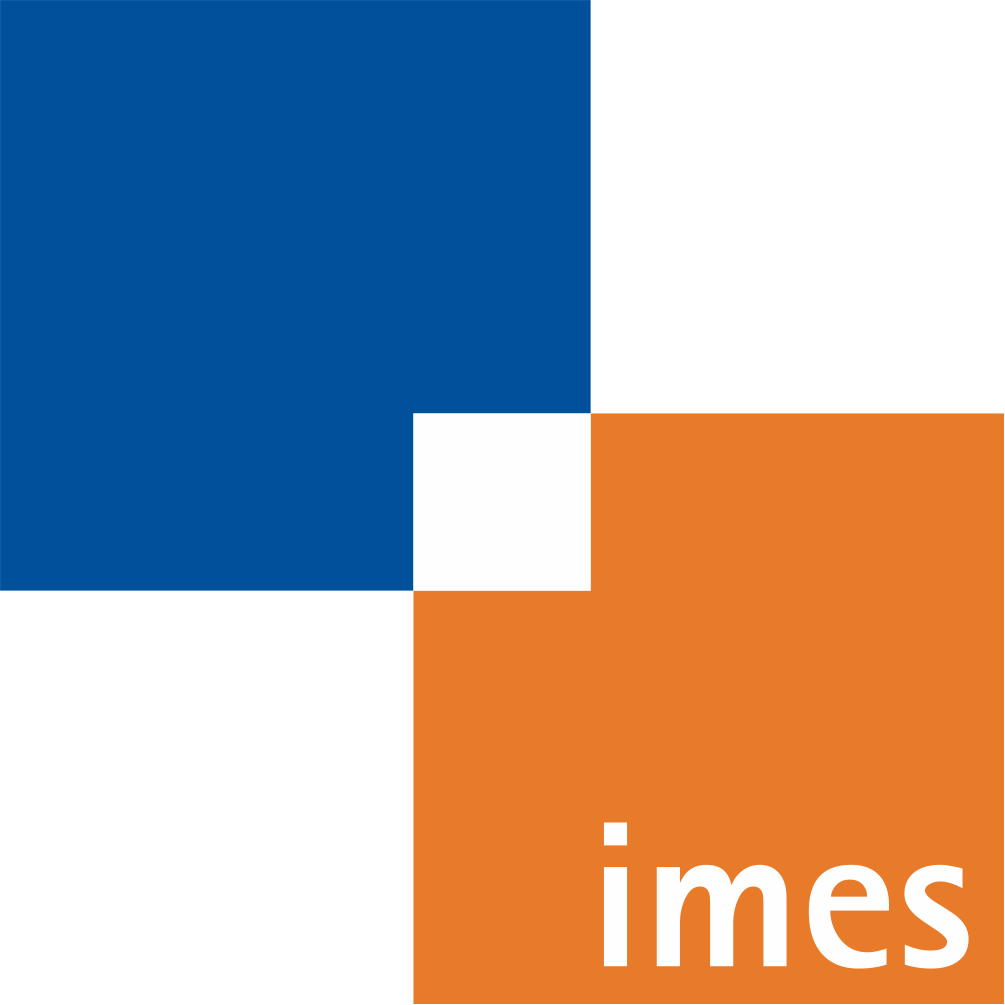Endoscopic guidance system for stimulation of the laryngeal adductor reflex by droplet impact
- verfasst von
- Jacob Friedemann Fast, Adrian Karl Rüppel, Caroline Bärhold, Michael Jungheim, Tobias Ortmaier, Martin Ptok, Lüder Alexander Kahrs
- Abstract
Pathologies of protective laryngeal reflexes such as the laryngeal adductor reflex (LAR) can increase the risk of aspiration pneumonia, a potentially life-threatening inflammation of the lungs caused by the intrusion of foreign particles into the lower airways. To estimate this risk, a standardized and non-invasive LAR screening method is highly desirable. In previous work, a commercially available high-speed laryngoscope has been equipped with a pressurized fluid system to shoot droplets onto the laryngeal structures for LAR stimulation and subsequent reflex latency evaluation. This Micro-droplet Impulse Testing of the LAR (MIT-LAR) lacks droplet impact site prediction for an unbiased and stimulation site-dependent reflex latency assessment. In this work, a two-phase algorithm leveraging stereoscopic image data for droplet impact site prediction and visualization of this prediction in the laryngoscopic image is proposed. A high-speed stereolaryngoscope requiring only a single camera was designed from scratch by combining two rod lens optics in one common shaft. This setup was used for stereoscopic high-speed image data acquisition of droplets shot at different muzzle energies and endoscope roll angles. Surface reconstruction of the target region is performed using a phantom of the human larynx. The point of intersection between the reconstructed surface and the droplet trajectory approximation recorded previously at known droplet formation parameters is calculated. The proposed approach allows stimulation site prediction for an enhanced MIT-LAR procedure. Quantitative evaluation of impact site prediction accuracy for different droplet muzzle energies and nozzle inclinations yields an average prediction error of 2.9 mm (n = 20).
- Organisationseinheit(en)
-
Institut für Mechatronische Systeme
- Externe Organisation(en)
-
Medizinische Hochschule Hannover (MHH)
- Typ
- Aufsatz in Konferenzband
- Publikationsdatum
- 2019
- Publikationsstatus
- Veröffentlicht
- Peer-reviewed
- Ja
- ASJC Scopus Sachgebiete
- Elektronische, optische und magnetische Materialien, Biomaterialien, Atom- und Molekularphysik sowie Optik, Radiologie, Nuklearmedizin und Bildgebung
- Elektronische Version(en)
-
https://doi.org/10.1117/12.2512852 (Zugang:
Geschlossen)
